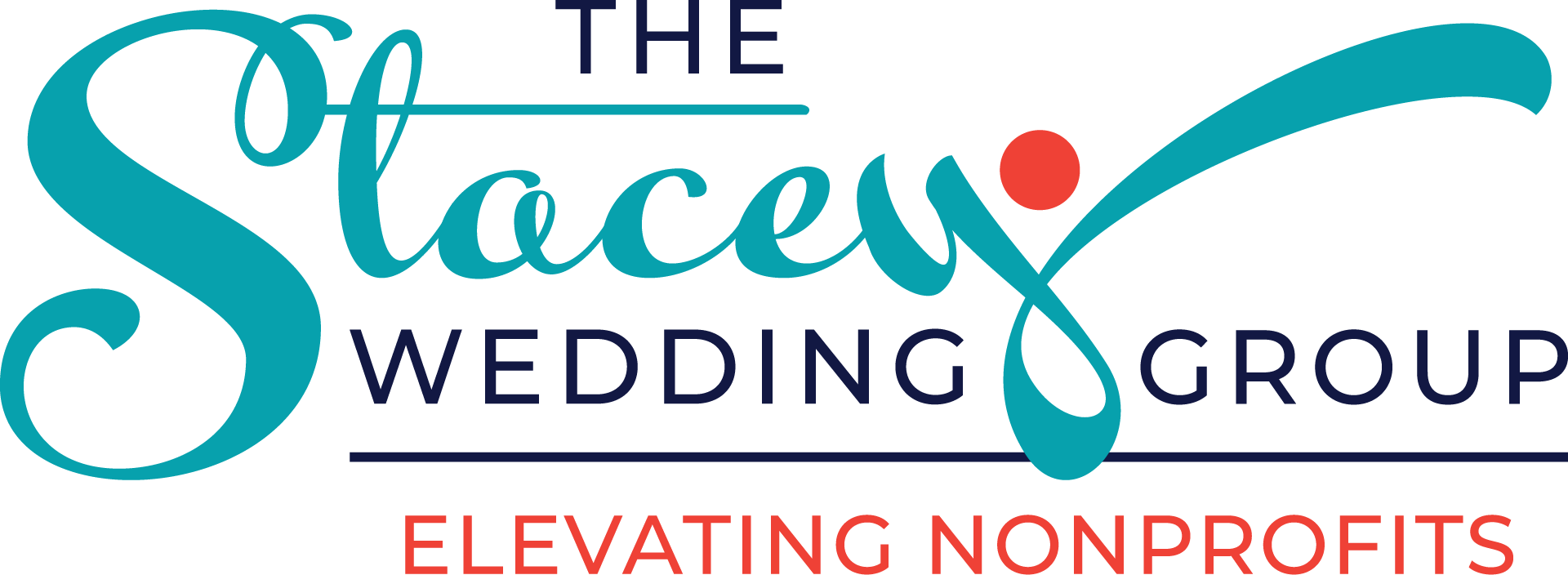There’s an old joke that a CEO’s chief complaint is “my board is disengaged” and that this is tied with another complaint, “my board is engaged.” If this rings true for you or gave you a chuckle, you’re not alone.
Last month we focused on the causes of micromanagement by nonprofit boards. So, what are some examples of micromanagement and how do we fix it?
Micromanagement: how and where it rears its ugly head
Example #1: Hiring, Firing, and Compensation Decisions – Other than the CEO position, the board has no authority to hire additional staff. In some cases, the CEO may invite a board member with specialized expertise to help interview an executive level position (i.e., Director of Finance, Director of Development). In this capacity, board members need to keep in mind that they are acting as support to the CEO by providing another perspective, but ultimately, the decision lands with the CEO. Similarly, when boards want to set the compensation for staff, that is meddling, albeit well intentioned. The board hires the CEO to oversee and manage the operations, which includes compensation decisions. One way to reach middle ground is the creation of a board-staff compensation task force that develops a compensation table with approved salary ranges based on neutral, objective research of comparable positions with similar sized organizations in the same geographic region. This research is taken to the board for approval, which then provides a common framework for the CEO and their senior team involved in hiring decisions.
Example #2: Sending a Board Representative to Staff Meetings – For the love of cute puppies and magical unicorns, there is no reason to do this! It confuses roles for everyone and can lead to unhealthy power dynamics, not to mention a slew of other challenges. If your organization wants to provide opportunities for the board and staff to familiarize themselves with each other since they both are part of the engine that makes the nonprofit run, find another way to do this that is NOT a staff meeting. Perhaps it’s a meet and greet or social function. I’ve even witnessed a board show its servant leadership by cooking a meal and serving it to staff to thank them for all they do. And while we’re on the topic of staff, another cardinal sin board members need to avoid is contacting employees directly for information or giving them tasks. The first step any board member should take before interacting with staff is asking the CEO about their preferences and protocols for this type of interaction, and then respecting their wishes.
Example #3: Creation of Committees that Duplicate Staff Work – For those boards who are committee happy, it’s time to take a deep breath and ask yourself two simple questions:
- Does this committee support the board’s governance and fiduciary function? [Great! Then this committee can stay.]
- Is there staff or a department of the organization that is responsible for the same function of this committee? [Then the answer is, “It depends.” If the committee is a staff-led committee and staff want your expertise, then the committee can stay. Committees of this type are often best led by staff with invited board members taking direction from staff and serving to support staff. If staff aren’t in need of board support, then the board needs to step aside and let staff do what they do best—run the operations. In this case, it should be an all-staff committee or no committee at all.]
Appropriate and common standing board committees include the Executive Committee, Finance Committee, Governance (aka Board Development Committee), and a Fund Development Committee. Each of these committees has a role and should have a written charter describing its role, functions, and level of authority.
It’s not hopeless. Here are some solutions…
The examples above only begin to scratch the surface. The reality is that most boards don’t micromanage intentionally. Most often, they simply don’t understand their role or forget to put their management hat aside and shift to their governance hat when working on behalf of the board.
So, how do we fix this well-intentioned but pervasive problem? Below are a handful of ideas to move your board back into its proper lane.
- Good old-fashioned communication – When the board oversteps its boundaries, the CEO should speak up. Depending on your organization’s culture, sometimes this can happen in the form of a friendly reminder at a board meeting, “Thanks for the feedback. My team and I have got this handled.” OR “That’s more of an operational issue I can address, but where I could use your support is….” (re-directing is a powerful tool). Another option would be to discuss the issue with the chair and work on a solution together. The chair can remind other board members of their roles and how to communicate with staff… as long as the chair isn’t your culprit! If it is, a direct conversation is still the best approach.
- Kiss information overload goodbye – In general, boards will engage on the matters you put in front of them and will stay out of the things you don’t. Choose wisely the items that you surface for the board. While you want to avoid bringing detailed administrative issues to the board’s attention, it’s also important to balance this with sharing consistent, concise information such as news that will impact the direction of the organization, decisions with a long-term impact, controversial or contentious items, policy positions, and significant departures from the budget, to name a few.
- Shared agreements – CEOs are served well when they have a conversation with their board chair (early in the chair’s tenure) about what constitutes a board-level decision versus management-level decisions. As part of this, it will be important for both parties to acknowledge that the CEO will use their best judgment on a daily basis with the board chair’s support.
I’d love to know any other ideas you have or have used to address this pesky problem!
Hat tip to your success,


